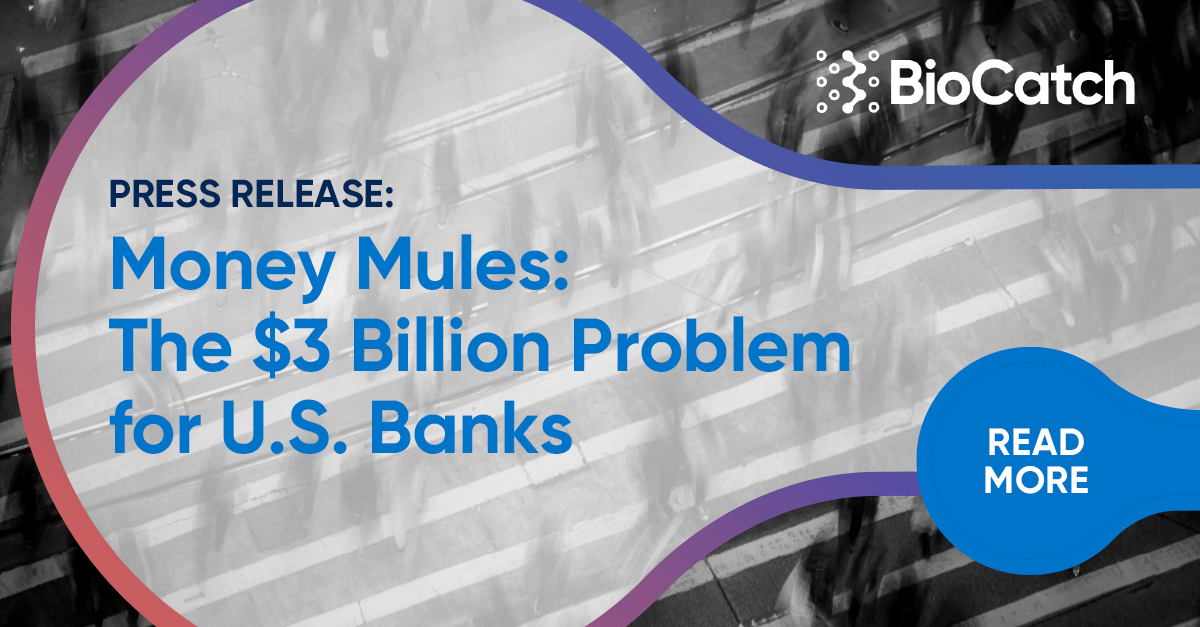With over 40 patents granted or pending to date, BioCatch leads the behavioral biometrics market with advanced technologies that look 2-5 years ahead
Tel Aviv, Israel – December 6, 2016 – BioCatch, the global leader in behavioral biometrics, reported a banner year with the expansion of its patent portfolio, which grew to over 40 granted and pending patents.
The Company’s IP portfolio expansion was led by its recently filed patent entitled “System, Device, and Method Estimating Force Applied to a Touch Surface,” which covers technology that enables device makers to forego costly hardware components that are typically needed to estimate the force and pressure applied to touch surfaces on devices, such as smartphones, tablets and smartwatches.
Measuring the pressure from touching a screen is an important capability for device makers today to enhance usability, as well as for application developers who could leverage this information to increase security and enable continuous authentication based on interaction with a screen. Specifically designed for the small screen, BioCatch has invented a unique method for collecting data that allows device makers to gather information from a device and show high resolution results of finger touch areas over time without needing additional hardware to do so.
“Our ‘touch-force’ patent, along with our entire IP portfolio represents true breakthroughs for our industry and they are the result of the almost obsessive focus we place on constant innovation to counter the increasing sophistication of cyberattacks,” said Eyal Goldwerger, CEO of BioCatch. “The emphasis on mobile in particular reflects how important the platform is to our target customers – from banking, to credit card issuers, large e-commerce players and even insurance companies – and the need to prevent fraud while maintaining an optimum user experience. This means properly authenticating valid users and recognizing anomalies in realtime and at scale. Our patent portfolio is a demonstration of our market commitment.”
In addition to the touch-force patent, BioCatch obtained 8 new patents this year alone, including:
· Multiple User Detection: Patent US 9477826, entitled “Device System, and Method of Detecting Multiple Users Accessing the Same Account,” extends the Company’s ability to detect a user’s identity by using specific parameters that can recognize that multiple people are using shared credentials. The application of this patent goes beyond traditional fraud prevention in banking, addressing the needs of the software and content monetization market (IP protection, licensing, usage tracking, etc.)
· Device Spoofing Circumvention: Patent US 9483292, entitled “Method, Device, and System of Differentiating Between Virtual Machine and Non-Virtualized Device,” describes a way to detect whether the device ID has been masked, differentiating between a genuine user who utilizes a real-world computing device in order to access a service or a remote server and an attacker who accesses the service or the remote server by utilizing a Virtual Machine (VM). The application of this patent speaks to fraudsters ability to hide device ID information, circumventing a widely used fraud prevention methodology.
BioCatch has also filed and won a number of patents relating to malware and robotic detection and identification of remote access Trojans (RATs). This class of patents is designed to prevent next-generation malicious automatic attacks from occurring by using invisible challenges to create subconscious responses by users, thereby allowing BioCatch to generate and analyze those behavioral responses. The monitored interactions are used to detect attackers who utilize remote access channels, malicious automatic scripts, and malicious code injections, among others. BioCatch can detect malware immediately after being deployed, and its behavioral biometric technology can alert on the new TrickBot Trojan hitting banks worldwide, for example.
“The market is recognizing that traditional fraud prevention measures like device authentication, IP recognition and geolocation are being circumvented and new ways of understanding how cybercriminals behave must be examined. With behavioral biometrics providing a powerful way to continuously authenticate users, our mission has evolved and expanded over the last several years to be able to recognize human and non-human criminal behavior alike,” said Avi Turgeman, CTO and co-founder of BioCatch. “BioCatch continues to focus on the authentication of user behavior, and at the same time, we look for new parameters and data that we can extract and learn from. Our patents result in new capabilities that can outpace and outsmart cybercriminals and fraudsters, regardless of the methodologies they use to commit their crimes.”


